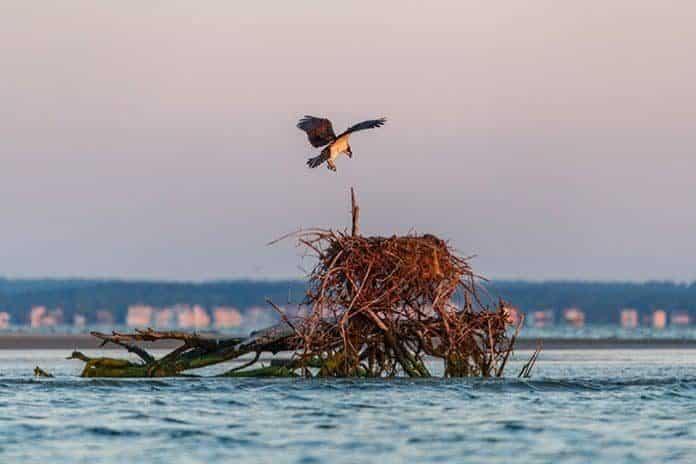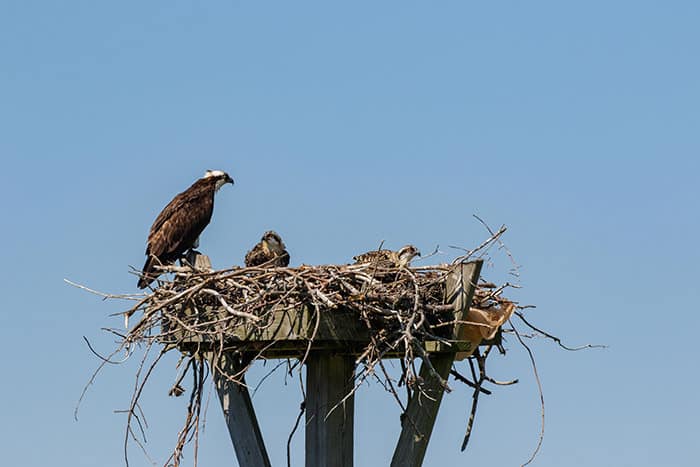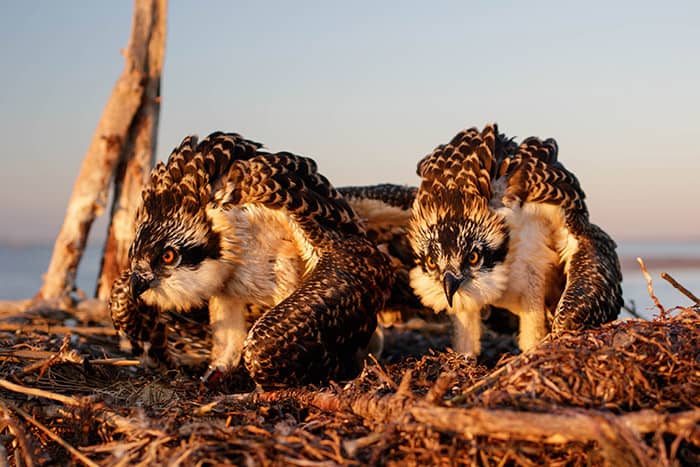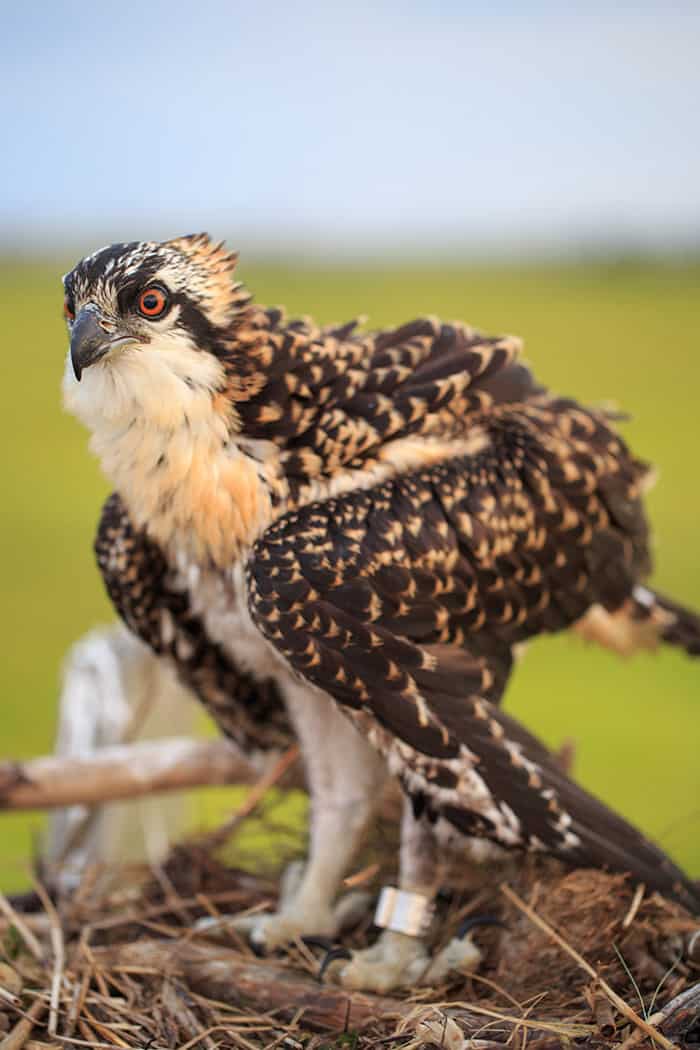
NEW JERSEY – The state’s osprey population added 75 new nests over a four-year period, a newly-released report said.
The 2017 Osprey Project in New Jersey, released in January, reported that 668 active nests were recorded, a number well above what the study calls “the historic pre-DDT estimate of 500 pairs.”
DDT, a pesticide used for insect control, was banned for agricultural use in 1972.

The report showed findings from 1984-2017, with the biggest gains happening between the reporting dates of 2013 and 2017 in Monmouth and Ocean counties.
Starting in the 1980s and continuing through 2009, manned aircraft were used to study osprey populations. However, for the 2013 census, the project used volunteers on the ground—on foot and boat—to record the activity of known nests. Research starts in the spring; the surveys are timed with the nesting period, or when the young are nest-bound.
Surveys record the number of young, their ages, and the condition of the nesting platform. Volunteers remove garbage from the nest to prevent suffocation or life-threatening entanglements.
The young osprey, those less than six weeks old, are banded for future tracking. In 2017, 892 young were recorded and 408 banded. That same year, 19 birds that were banded in New Jersey were spotted in New Jersey, Maryland, Virginia, Aruba, Antilles and Venezuela. Volunteers found a 16-year-old male, who is the oldest reported osprey found in the state.

Despite being the nation’s most densely populated state, New Jersey’s marshes, coastline and open space make it an ideal home for the osprey. The state is home to 86 percent of the recorded osprey population along the Atlantic Coast and Delaware Bayshore. Nests are found from Cape May to Sandy Hook, from the Maurice River to Salem.
The Environmental Defense Fund reported that DDT was widely used after World War Two. The pesticide caused birds to lay thin-shelled eggs, which broke during incubation. It didn’t affect just osprey; peregrine falcons, brown pelicans and bald eagles all saw their populations plummet. With the banning on DDT and measures to protect open space and remaining bird populations, those populations have increased.
The full report can be found at conservewildlifenj.org/downloads/cwnj_802.pdf. A list of all known osprey nests can be found at Osprey-Watch.org.







